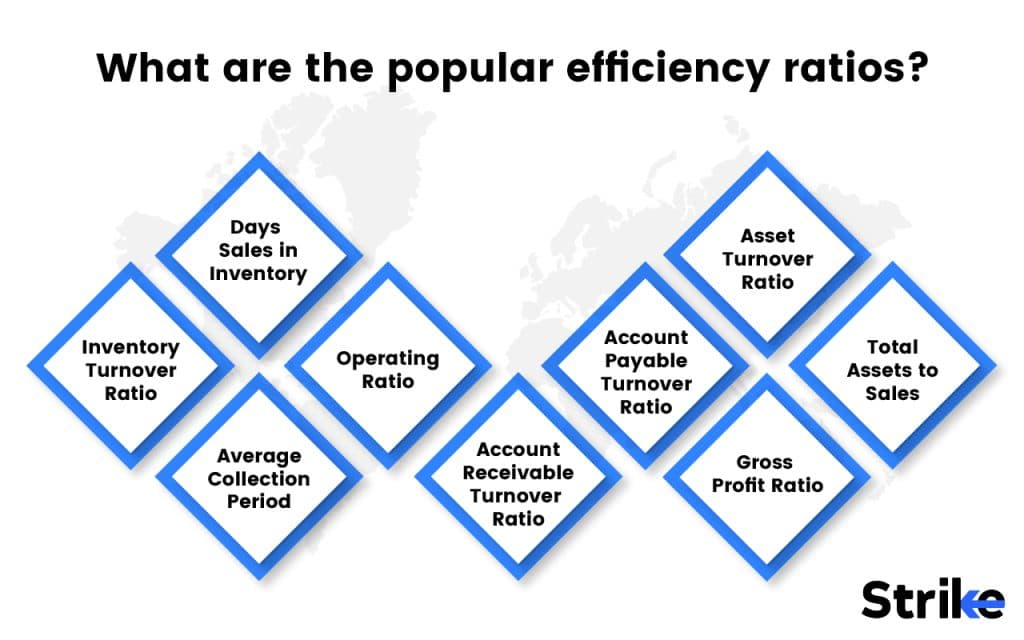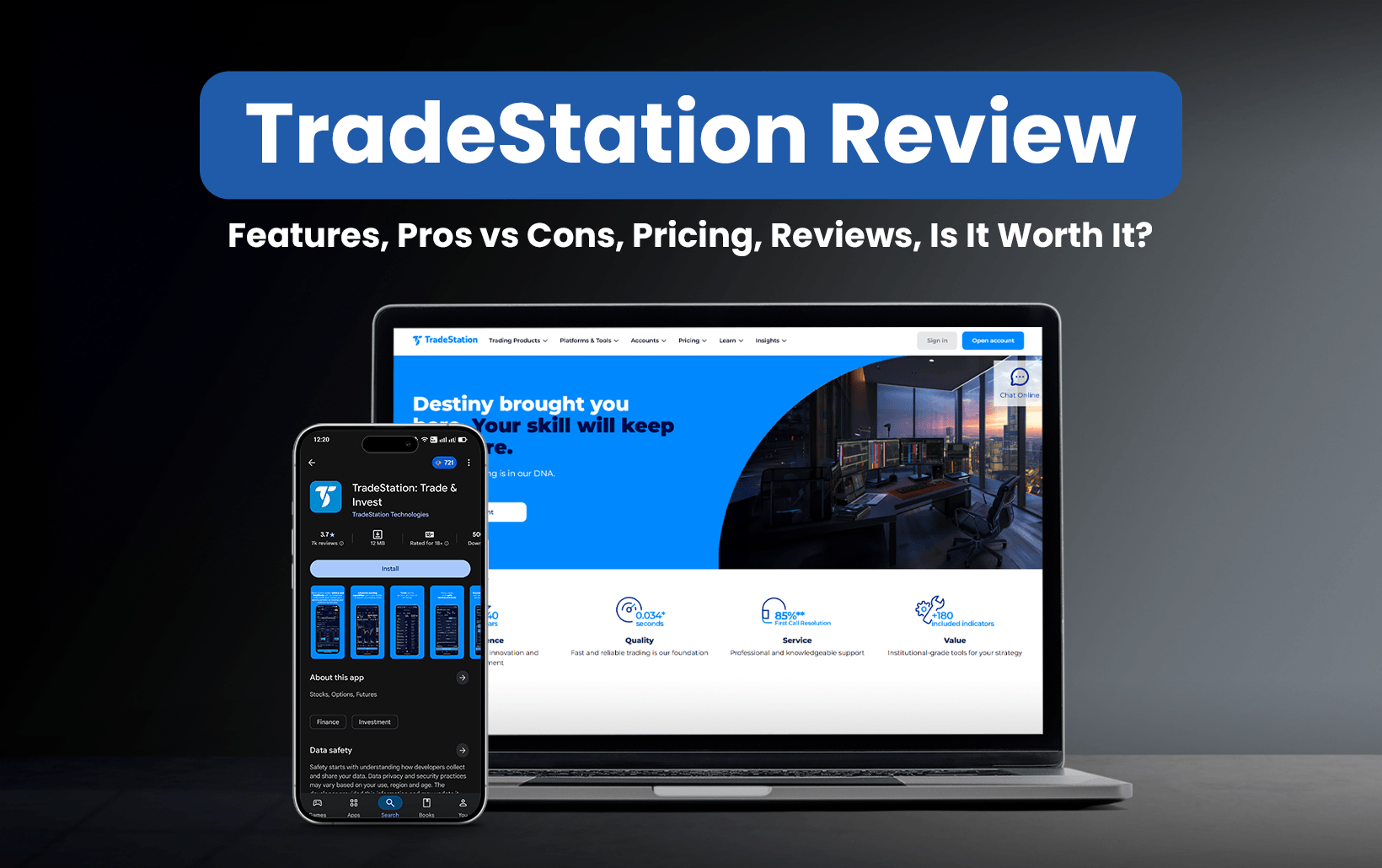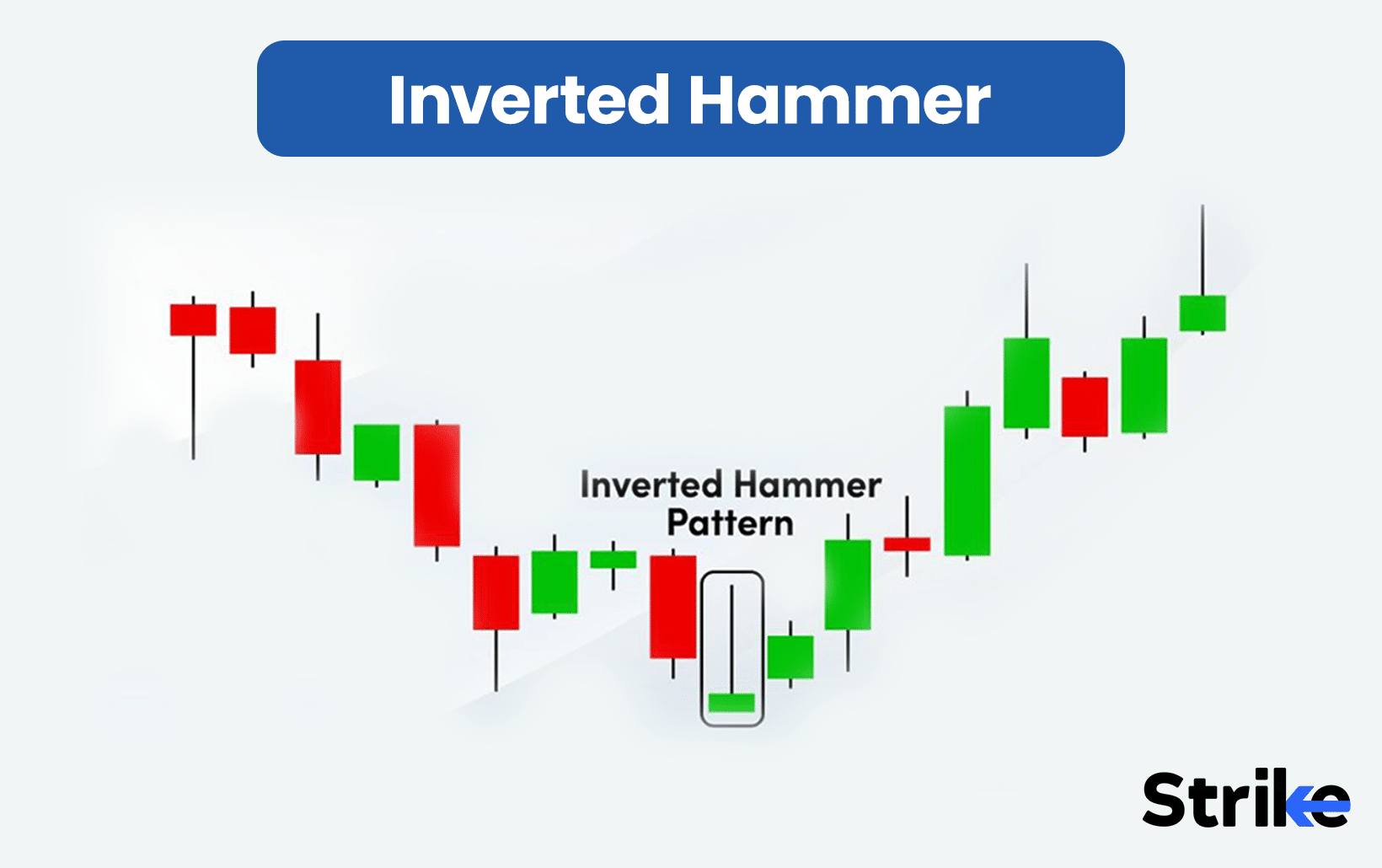
The efficiency ratio is a metric used in financial analysis to evaluate how effectively a company manages its operational expenses in relation to its revenue. The efficiency ratio provides important insights into the firm’s profitability and ability to convert revenues into profits over the long run. The efficiency ratio is calculated by dividing a company’s total operating expenses by its total revenues. A lower ratio indicates higher operating efficiency as the firm is spending less on overhead costs relative to the revenue it generates.
The efficiency ratio allows investors to assess which companies allocate a greater proportion of their income towards core business activities rather than excessive administrative expenditures. It helps identify firms with more competitive cost structures and sustainable profit margins. Tracking changes in a company’s efficiency ratio over time also reveals trends in its operating efficiency. Popular metrics like inventory turnover, accounts receivable Turnover, and asset turnover further supplement the analysis of a company’s operational performance.
What is the efficiency ratio?
The efficiency ratio is a measure of operational efficiency used to analyse stockbrokers, asset managers, and other financial institutions that provide services to investors. The efficiency ratio is calculated by dividing a firm’s total operating expenses by its total revenue. The resulting percentage shows how much of each rupee earned by the firm is spent on operating costs.
A lower efficiency ratio indicates that a financial services firm is operating more efficiently by spending less on overhead expenses per rupee of revenue generated. This is desirable in the stock market industry, where investors want to ensure their money is being put to productive use rather than covering high administrative costs. Firms with lower efficiency ratios tend to generate higher profit margins.
Why is the efficiency ratio important to understand?
The efficiency ratio is an important metric for investors to understand when evaluating financial firms because it indicates how adeptly a company translates revenues into client returns rather than operating expenses, helping identify optimal stock market service providers. The efficiency ratio indicates how much overhead eats into revenues. Companies with lower efficiency ratios spend less on expenses like rent, technology, marketing and salaries unrelated to revenue-generating investment activities. Instead, they direct a higher proportion of their revenues toward investments and client returns. This shows a lean operation.
Efficiency ratios allow direct comparison between investment firms of different sizes. By expressing operating expenses as a percentage of revenue, this metric neutralises discrepancies in firm size and total assets. Investors use the ratio to contrast and choose between large and small firms based on who spends revenues more judiciously. The efficiency ratio helps investors assess whether a firm directs revenues toward high executive compensation versus client returns. Bloated executive pay would drive up the operating expense portion of the ratio. Efficiency ratios empower investors to screen for companies with reasonable pay scales.
What is the formula to measure the efficiency ratio?
The efficiency ratio is calculated using a simple formula that divides a financial firm’s operating expenses by its net operating income or revenue. The result is expressed as a percentage, with a lower percentage indicating a more efficient firm. Specifically, the formula is as stated below.
Efficiency Ratio = Operating Expenses / Net Operating Income x 100
Net operating income refers to a firm’s total revenues minus the cost of goods sold and loan loss provisions. Operating expenses include categories like employee salaries and benefits, communications, occupancy and equipment costs, legal and professional services, advertising and promotion, and other administrative overheads.
What are the popular efficiency ratios?
Investors frequently examine important efficiency metrics when evaluating a company’s stock, such as inventory turnover, days sales in Inventory, operating ratio, average collection period, Turnover of accounts receivable and payable, asset turnover, total assets to sales, and gross profit margin. These metrics help investors determine how well the business is managing its assets and liabilities to produce sales and profits.

1.Inventory turnover ratio
The inventory turnover ratio is an important financial metric that indicates how efficiently a company is managing its Inventory. It measures how many times a company’s Inventory is sold and replaced over a given period, usually one year.
The formula for calculating inventory turnover is as stated below.
Inventory Turnover Ratio = Cost of Goods Sold / Average Inventory
The cost of Goods Sold is the cost of producing or purchasing the goods sold by the company during the period; this is found on the income statement.
Average Inventory is the average value of Inventory held by the company during the period. This is calculated by adding the beginning and ending inventory balances for the period and dividing by 2.
For instance, the inventory turnover ratio of a retail business with a Rs. 5,000,000 cost of goods sold and an average inventory balance of Rs. 1,000,000 would be as follows.
Inventory Turnover Ratio = Rs. 5,000,000 / Rs. 1,000,000 = 5
This means the company turned over or sold and replaced its Inventory 5 times during the year.
A higher inventory turnover ratio usually indicates better inventory management, strong sales, and higher profitability. However, an extremely high turnover ratio indicates inadequate inventory levels and lost sales if stock runs out.
2. Days sales in Inventory
The day’s sales in inventory ratio measures the average number of days it takes a company to turn its Inventory into sales. It indicates how efficiently a company is managing its Inventory and selling its products.
The formula for days sales in Inventory is as stated below.
DSI = Average Inventory / (Cost of Goods Sold / 365)
For instance, a company’s DSI would be as follows if its average Inventory was Rs. 2 million and its cost of goods sold was Rs. 10 million in the previous year.
DSI = Rs. 2,000,000 / (Rs. 10,000,000 / 365) = 73 days
This means the company takes about 73 days on average to sell its Inventory.
A higher DSI indicates Inventory is moving slower and piling up. A lower ratio indicates brisk sales and effective inventory management.
Investors utilise DSI to gauge a company’s inventory turnover rate while assessing stocks. Comparing DSI ratios over time and to industry benchmarks shows if inventory management is improving or deteriorating.
3. Operating ratio
The operating ratio is a profitability ratio that measures a company’s operating expenses as a percentage of its net sales or revenue. The formula for calculating the operating ratio is given below.
Operating Expenses / Net Sales Revenue x 100
For instance, a company’s operational ratio would be as follows: if its net sales revenue was Rs. 1,000,000 and its operating expenditures were Rs. 200,000.
Rs. 200,000 / Rs. 1,000,000 x 100 = 20%
The operating ratio gives investors and analysts an idea of how efficient a company is at generating profits from its operations. A lower operating ratio is generally better, as it indicates the company is spending less on operating expenses per rupee of sales revenue.
An operating ratio of 20% would be considered quite good, as it means the company is spending Rs. 0.20 in operating expenses for every Rs. 1.00 in sales revenue. This leaves a healthy portion of operating income. A higher operating ratio of 50% would be less efficient, as the company is spending Rs. 0.50 in operating expenses for every Rs. 1.00 in sales.
4. Average collection period
The average collection period is an activity ratio that measures the average number of days it takes a company to collect payment on its credit sales. It is calculated by dividing average accounts receivable by total net credit sales and multiplying the result by the number of days in the period.
The formula is as stated below.
Average Collection Period = (Average Accounts Receivable / Total Net Credit Sales) x Number of Days
For instance, the average collection period for a business with Rs. 100,000 in average accounts receivable and Rs. 1,000,000 in total net credit sales during a 90-day period would be as follows.
(Rs. 100,000 / Rs. 1,000,000) x 90 days = 9 days
In stock market analysis, the average collection period provides insight into how efficiently a company collects cash from its credit customers. A lower number of days is preferable, as it indicates the company is collecting payment on credit sales more quickly.
Investors sometimes compare a company’s average collection period over time to identify positive or negative trends. A rising collection period could signal that the company is having difficulty collecting payments from customers. Comparing collection periods across industry peers also gives context into what a normal range is for that sector.
5. Account receivable turnover ratio
The accounts receivable turnover ratio measures how efficiently a company collects payment from its customers over a period of time. It is calculated by dividing net credit sales by average accounts receivable.
The formula is as stated below.
Accounts Receivable Turnover = Net Credit Sales / Average Accounts Receivable
For instance, a company’s accounts receivable turnover ratio would be as follows if it generated Rs. 500,000 in net credit sales during a three-month period and an average accounts receivable balance of Rs. 100,000 during that same period.
Rs. 500,000 / Rs. 100,000 = 5
This means the company collected its average accounts receivable balance 5 times over the 3-month period, or every 18 days on average (3 months x 30 days / 5 collections).
A higher accounts receivable turnover ratio is better because it indicates the company is collecting payments from customers more frequently throughout the period. Companies with low Turnover have poor credit policies or trouble collecting payments.
Investors monitor an individual company’s receivable Turnover over time to identify positive or negative trends. Comparing the ratio across industry peers also provides useful context into what is considered an efficient turnover rate based on sector norms and practices.
6. Account payable turnover ratio
The accounts payable turnover ratio measures how efficiently a company manages the payment of its short-term debt obligations to suppliers and vendors. It is calculated by dividing total purchases by average accounts payable.
The formula for the accounts payable turnover ratio is as stated below.
Accounts Payable Turnover = Total Purchases / Average Accounts Payable
Total Purchases is the company’s total amount of purchases made on credit over a period of time. Average Accounts Payable is the average amount owed to suppliers over that same period.
A higher ratio indicates the company is paying off its payables quickly, implying strong liquidity. A lower ratio could mean the company is having trouble meeting obligations.
For example, Company B made total credit purchases of Rs. 5 million over the past year. Its average accounts payable over that period was Rs. 1 million. The accounts payable turnover ratio would be as follows.
Accounts Payable Turnover = Rs. 5 million / Rs. 1 million = 5
This means Company B turned over its accounts payable 5 times on average over the past year. Compared to a company with a ratio of 2.5, Company B is managing its short-term supplier debts more actively.
7. Asset turnover ratio
The asset turnover ratio measures the efficiency of a company’s use of its assets to generate revenue. It is calculated by dividing net sales by average total assets.
The formula for the asset turnover ratio is as stated below.
Asset Turnover Ratio = Net Sales / Average Total Assets
Where Net Sales is the company’s total net revenue or sales over a period of time, average Total Assets is the average of the company’s total assets over that same period.
A higher asset turnover ratio indicates that a company is generating more revenue per rupee of assets. This signals the efficient use of assets to produce sales. In the stock market, a high asset turnover ratio is generally seen as positive because it means the company is effectively leveraging its asset base.
For example, Company A has Rs. 2 million in net sales over the past year. Its average total assets over the past year were Rs. 1 million. Its asset turnover ratio would be as stated below.
Asset Turnover Ratio = Rs. 2 million / Rs. 1 million = 2
This means Company A generated Rs. 2 in revenue for every Rs. 1 in average total assets. Compared to another company with a ratio of 1.5, Company A is utilising its assets more efficiently to produce sales. For stock investors, this higher asset turnover ratio could make Company A’s stock more attractive.
8. Total assets to sales
The total assets to sales ratio measures the amount of assets required to generate sales revenue. It is calculated by dividing average total assets by net sales.
The formula for the total assets to sales ratio is as stated below.
Total Assets to Sales Ratio = Average Total Assets / Net Sales
Where average Total Assets is the average of a company’s total assets over a period of time, net Sales is the company’s total revenue or sales over that same period.
A lower ratio indicates that the company needs fewer assets to produce sales, signalling efficient use of assets. A higher ratio means more assets are needed to generate sales revenue.
For example, Company C had an average total assets of Rs. 2 million over the past year. Its net sales for the year were Rs. 5 million. The total assets to sales ratio would be as given below.
Total Assets to Sales Ratio = Rs. 2 million / Rs. 5 million = 0.4
This means for every Rs. 1 in sales revenue, Company C needed Rs. 0.4 in total assets. Compared to a company with a ratio of 0.8, Company C needs fewer assets to produce equivalent sales.
9. Gross profit ratio
The gross profit ratio measures a company’s profitability after accounting for direct costs associated with production. It is calculated by dividing gross profit by net sales revenue.
The formula for the gross profit ratio is as stated below.
Gross Profit Ratio = Gross Profit / Net Sales Revenue
Gross profit is net sales revenue minus the direct costs of goods sold. Net Sales Revenue is the total net sales generated.
A higher gross profit ratio indicates that a company is efficiently producing its products while keeping direct costs low. It means a larger portion of sales revenue is available to cover operating expenses and profit.
For example, Company D had net sales last year of Rs. 10 million. Its direct cost of goods sold was Rs. 6 million. Gross profit would be Rs. 10 million – Rs. 6 million = Rs. 4 million. The gross profit ratio is given below.
Gross Profit Ratio = Rs. 4 million / Rs. 10 million = 0.4
This gross profit ratio of 0.4 means for every Rs. 1 of sales revenue, Company D retained Rs. 0.4 after accounting for direct costs. Compared to an industry average of 0.3, Company D is more efficient at minimising direct production costs.
What is an example of efficiency ratio calculation?
Let us take the example of HDFC. HDFC Bank’s performance in the second quarter of FY2023-24 indicates that it continues to exhibit excellent operational efficiency. In Q2 FY2023-24, the bank reported total revenues of Rs. 55,216 crore and non-interest expenses of Rs. 20,440 crore, resulting in an efficiency ratio of 37.13%. This ratio remains well within the range of 35-40% mentioned previously and demonstrates HDFC Bank’s ability to manage costs effectively.
Despite facing headwinds from global inflation and interest rate hikes, the bank was able to grow both its revenues and expenses while maintaining a stable efficiency ratio. This highlights HDFC Bank’s financial strength and capability to withstand economic challenges while protecting its margins and profitability. With competition intensifying among Indian banks, HDFC Bank’s industry-leading efficiency gives it a competitive advantage. If sustained going forward, its focused approach to costs will position the bank favourably for maintaining sustainable profits over the long run. What is a good efficiency ratio?
What are the limitations of the efficiency ratio?
The main limitations of the efficiency ratio in stock market analysis are that it ignores revenue quality, profitability, and other key factors, solely focusing on the expense-to-revenue relationship and thus providing an incomplete picture of a company’s true financial performance. The efficiency ratio only considers the expense side of the equation, ignoring key factors like revenue quality and profitability. A company could have a superb efficiency ratio but still be unprofitable or reliant on unsustainable revenue sources. The ratio does not measure the success of a company’s operations or how efficiently it generates profits. A lower ratio is seen as better, but taken alone, it does not indicate if a business model is fundamentally sound.
The efficiency ratio provides no insight into the company’s capital strength and deployment. Factors like leverage, liquidity, working capital management and investing activities are overlooked. Two firms could have the same efficiency ratio but completely different balance sheet risk profiles and capital allocation strategies. The ratio ignores these crucial considerations for long-term financial health and shareholder returns. The simplicity of the metric means it does not account for key industry-specific nuances. The business models, competitive environments, regulations and accounting practices vary enormously between sectors. An efficiency ratio that seems high for a bank is sometimes low for an insurer or vice versa. The failure to contextualise makes cross-industry comparisons of limited value. Investors should analyse efficiency in relation to suitable peer groups, not absolute thresholds.
Additionally, the ratio provides no insight into future trajectory. Past efficiency sometimes does not persist if competitors disrupt the industry or market conditions change. The ratio is backwards-looking and static, unable to signal if headwinds or inflexion points lie ahead. Efficiency today does not guarantee efficiency tomorrow, so investors should be wary of over-extrapolating recent ratios. The efficiency ratio also ignores economies of scale. Larger firms leverage size to reduce expenses, distorting comparability to smaller players. A high ratio for a growth-stage company does not necessarily signal trouble if scale benefits are still accruing. Judging early-phase companies by the same standard as mature ones makes little sense.
How are efficiency ratios used in financial ratio analysis?
Efficiency ratios are used in financial ratio analysis to evaluate how well a company employs its assets and manages its operations, which provides useful insight for stock market investors when assessing a company’s profitability and operational efficiency. The receivables turnover ratio measures how many times a company collects its average receivables during a period. This ratio evaluates the efficiency of credit and collection policies. A higher ratio indicates a more efficient collection process, while a lower ratio could indicate difficulties in collecting payments from customers. For stock market analysis, this ratio helps determine if a company operates with strong billing and collections procedures. Higher efficiency in converting receivables to cash means greater liquidity, which is a positive sign for stock performance.
The inventory turnover financial ratio assesses a company’s efficiency in managing its Inventory. It measures how many times Inventory is turned or sold during a period. A low turnover implies poor sales and excessive Inventory, while a high ratio indicates strong sales and effective inventory management. For stock market research, a high inventory turnover financial ratio demonstrates efficient operations and inventory management, which supports profitability. It is a positive metric that signals the efficient use of inventory assets. The day’s sales outstanding financial ratio estimates the average number of days it takes a company to collect payment from sales. A lower day’s sales outstanding indicates a more efficient collection process. For stock analysis, it is preferable to see this financial ratio decreasing over time, as it suggests the company collects from customers more quickly. This improves cash flow and means the company relies less on external financing to fund operations.
Is the efficiency ratio necessary for fundamental analysis?
Yes, the efficiency ratio is necessary for fundamental analysis in stock market investing.
Fundamental analysis involves evaluating a company’s financial health and business prospects in order to determine the intrinsic value of its stock. The efficiency ratio is a useful metric to assess how well a company is managing its expenses relative to its revenue. The efficiency ratio measures a company’s operating expenses as a percentage of its net revenue. A lower efficiency ratio indicates that a company is better at generating revenue while keeping expenses low. This demonstrates effective management and operations. Companies with low-efficiency ratios tend to have higher profit margins and greater long-term growth prospects.









![85 Common Stock Market Terminologies for Dummies [Updated List for 2026] 20 85 Common Stock Market Terminologies for Dummies [Updated List for 2025]](https://www.strike.money/wp-content/uploads/2025/04/Popular-Stock-Market-Terms-for-Beginners-Banner.png)










No Comments Yet.